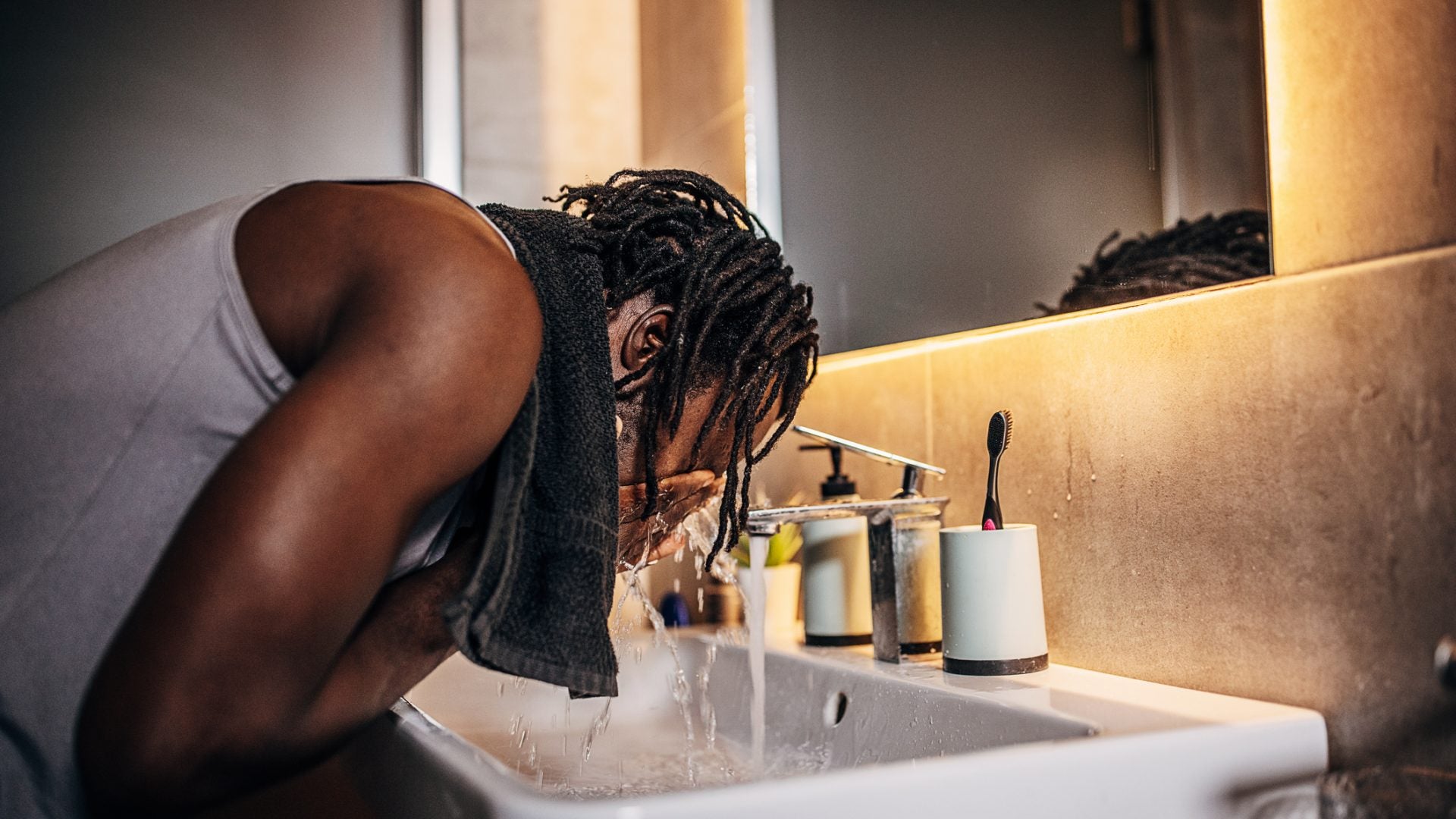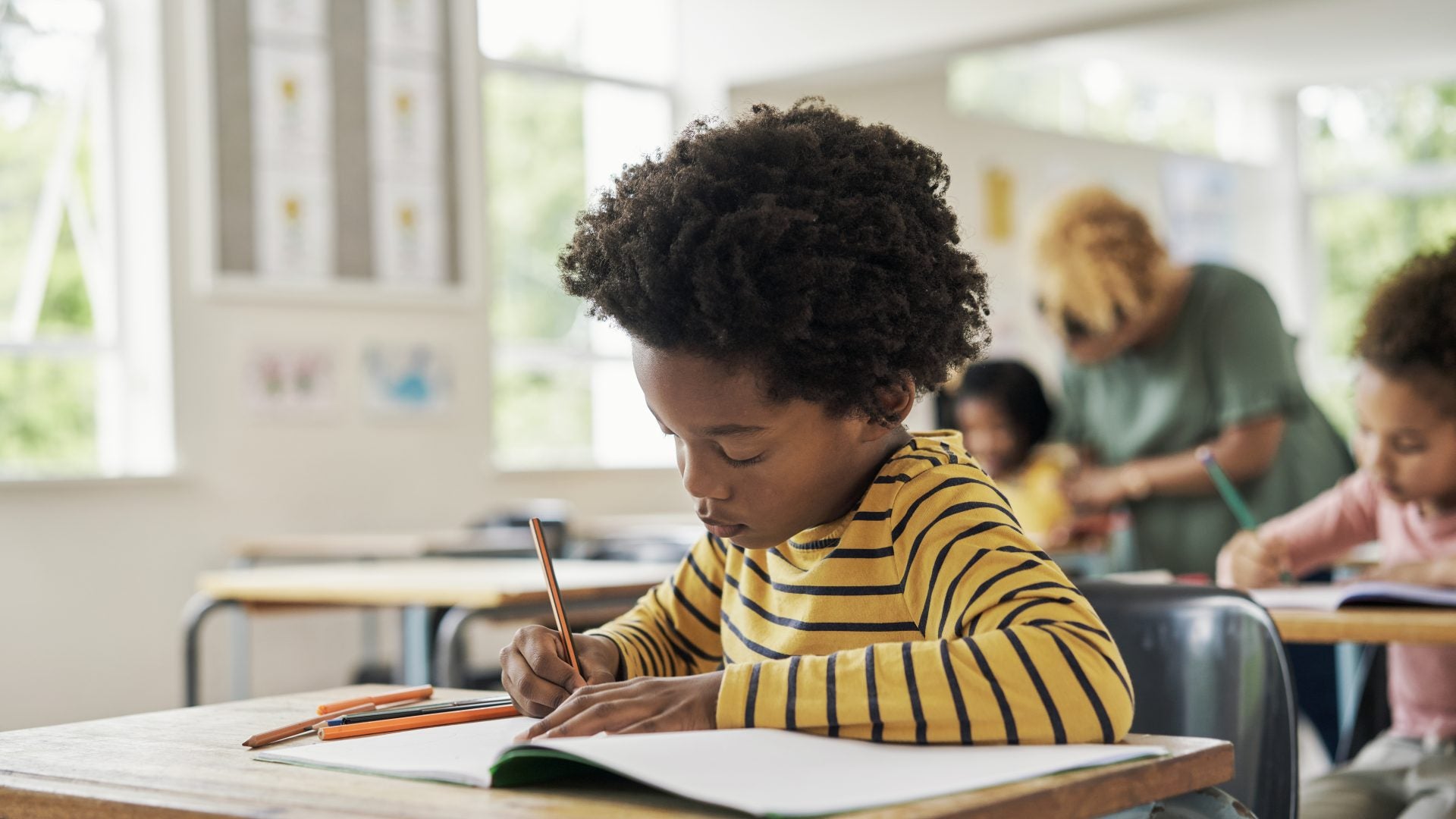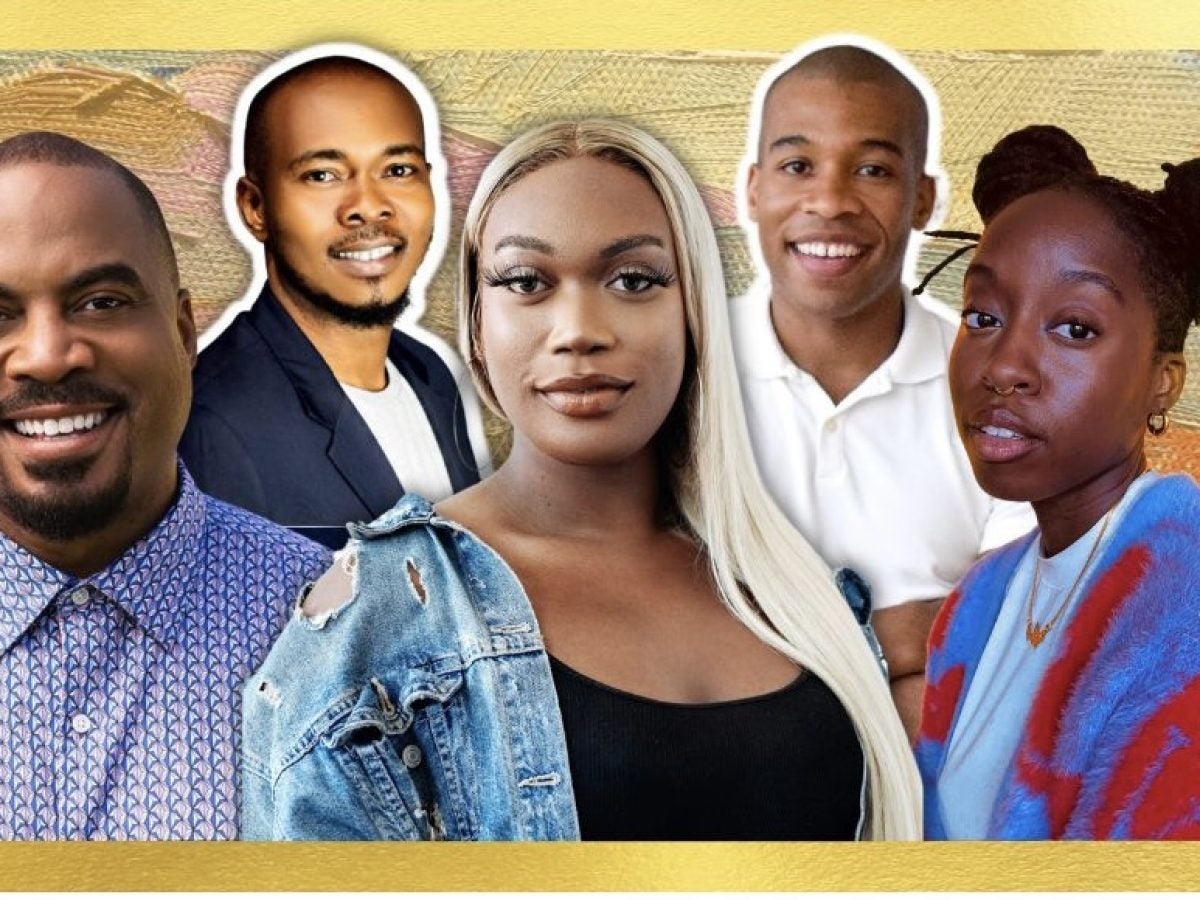
Good art is powerful. Narratives communicated in sculpture and on canvas can stir emotions, unpack meaning, and translate life in ways words simply cannot. The creator’s intent and the viewer’s perception need not be congruent to have an impact—art is all about perception. The exchange itself is sufficient for those open to receiving its beauty.
“I truly believe that art, at the heart of it, is a tool of expression. As artists, it’s natural that our art reflects our lives, values, and interests. Whether we create art that holds a mirror up to the world or as an attempt to shape it into a new one, these are the tools we can use to navigate these thoughts and feelings,” artist and illustrator Sabrena Khadija told ESSENCE. Khadija is among a new class of artists seeking inclusive spaces to explore creativity.
I spoke with the Sierra Leonean designer and four other creators who are building community, broadening the canon, and paving prosperous paths for Black artists. They shared insights on the necessity of preserving Black, the role of art in society, and the increasing intersectionality of art and technology. Here’s what they said.
The Community Builder: Creating space for Black Trans Femmes in the arts.
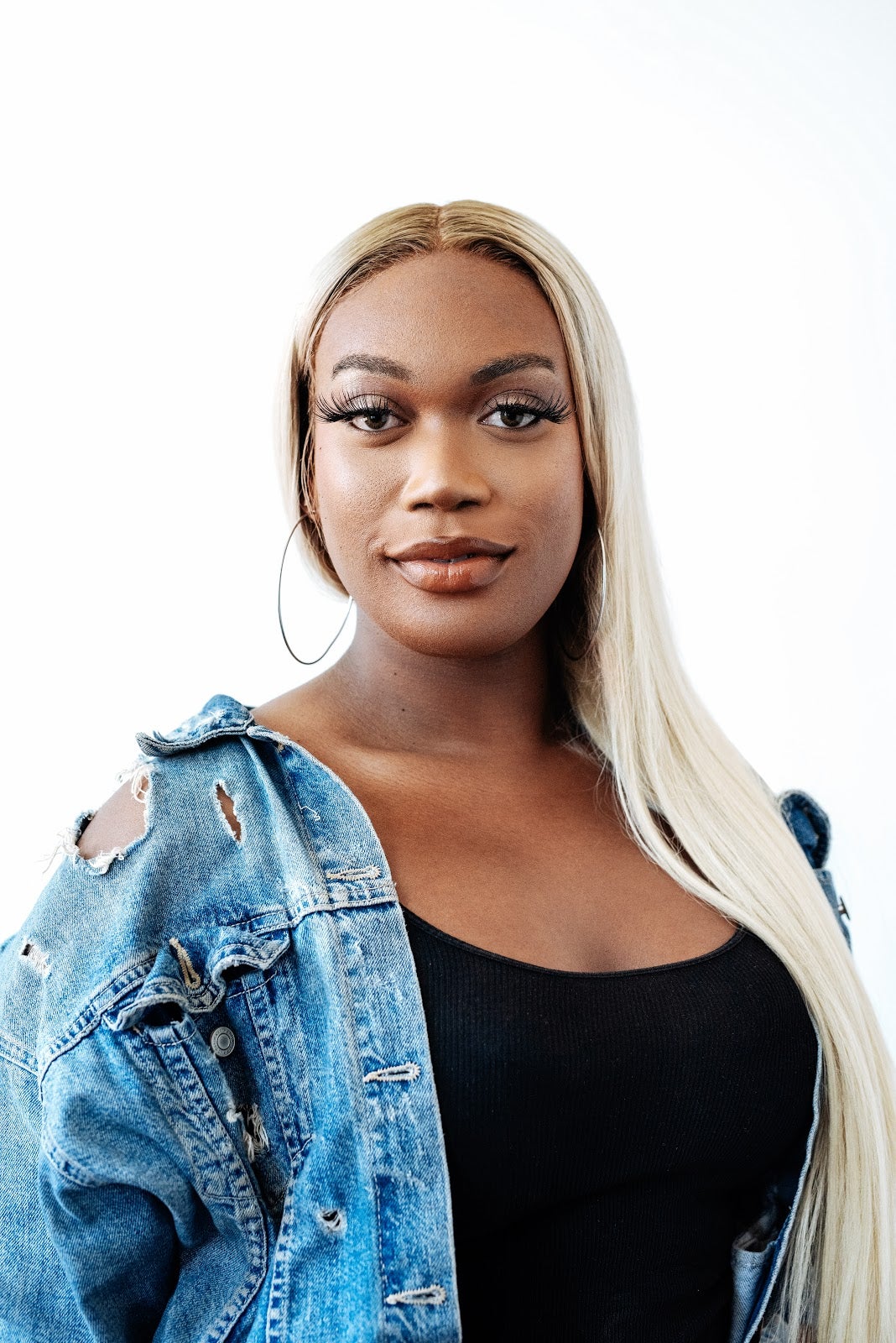
Jordyn Jay is a culture shifter. The founder of BTFA, a collective for Black Trans Femmes in the Arts, created the nonprofit after witnessing gaping disparities in representation within the canon of mass art. With BTFA, Jordyn’s mission is to create spaces for producing and preserving Black trans art and culture. By building a community with Black trans femme artists and providing them with the resources and support necessary to thrive, Jordyn has done just that.
For Jordyn, the need to clear capacity for the Black trans community was born of necessity. Currently based in New York City, the southern-bred performance artist learned early on the ways societal structures stifle marginalized communities. “I was born and raised in Jacksonville, Florida. I grew up in a very traditional, Christian family and environment, and I didn’t see people that reflected who I knew I was and wanted to be,” Jordyn said.
It wasn’t until the discovery of theater that Jordyn felt genuinely comfortable. “I learned that I could express different parts of my personality by portraying different characters onstage, and not only was I accepted, but I was lauded for it. But, all the while, offstage, I still felt like an outcast and a weirdo, and I hid a lot of who I was for years,” Jordyn said.
The struggle is real for creatives and eccentrics in some enclaves of the small-town south, add a Black and budding trans-identity to the mix, and it’s a recipe for a tortured and stifled existence. It wasn’t until relocating to NYC and finding the Black trans community in the city that Jordyn felt truly seen. From there, Jordyn wanted to make sure other Black Trans Femmes artists had a place where they could be seen. “I created Black Trans Femmes in the Arts because I wanted Black trans and queer youth to see themselves, to know that there was a future (and a present) full of possibilities for them, and to feel supported and encouraged to be themselves loudly and proudly,” Jordyn said.
The Gallerist: The importance of protecting Black art.
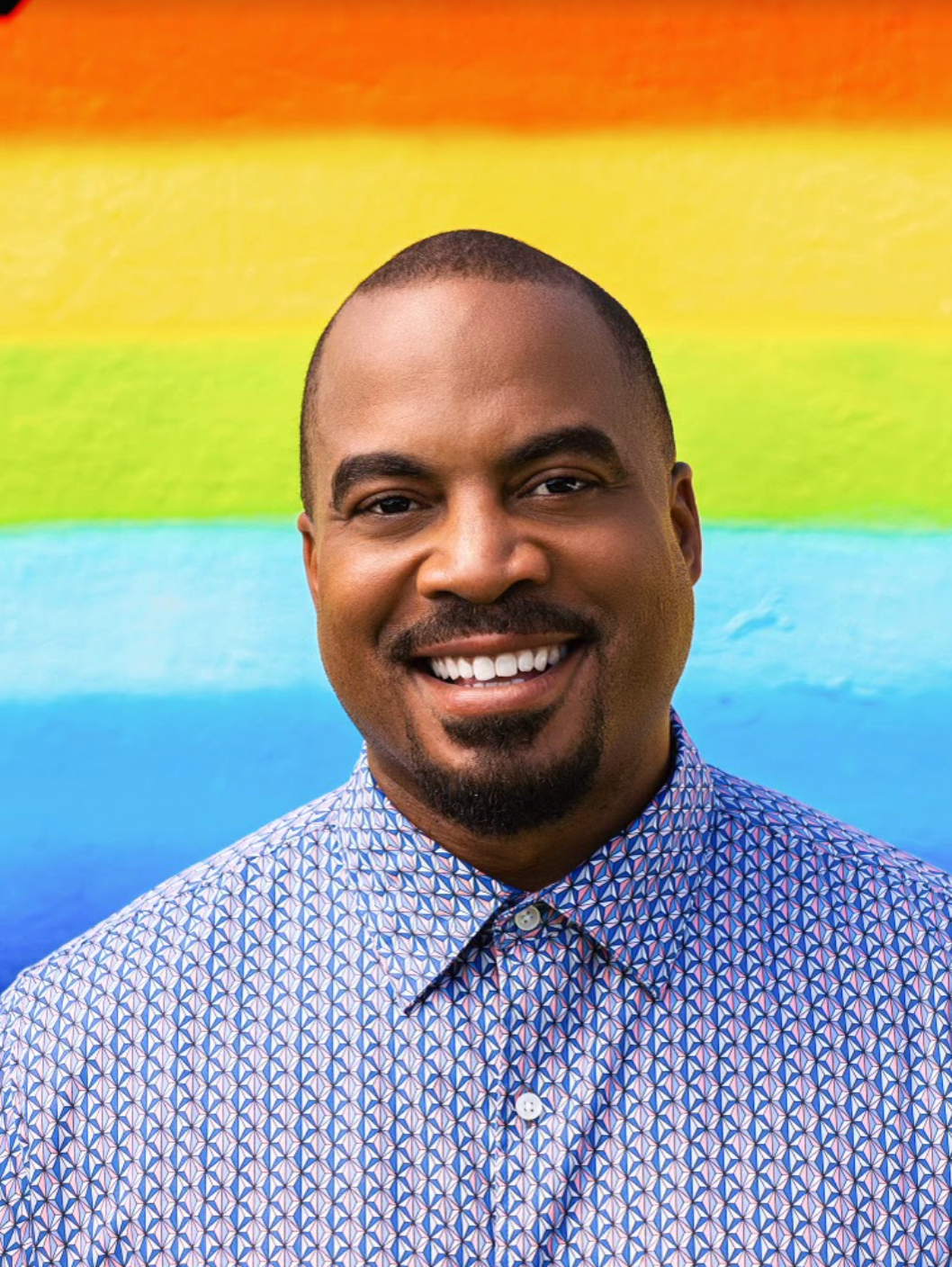
Jumaane N’Namdi learned the industry’s intricacies by observing his father, a Detroit-based gallerist George N’Namdi. With a unique upbringing steeped in art culture, N’Namdi was well-equipped to enter the family business. As owner and director of the N’Namdi Contemporary Gallery in Miami, the second-generation gallerist champions cutting-edge international artists.
While known for his extensive roster of avant-garde, revolutionary, and radical artists, he continues to uphold the artistic standards of master artists. For N’Namdi art, collecting is as much about appreciating beauty as it is the keeping of heritage. “You’re buying their art to preserve our culture, to grow in the arts, to support Black artists, to nurture the ecosystem,” he said.
In an earlier interview with ESSENCE, I asked the gallerist his thoughts on the impact of art in society. What he shared was profound.
“A hundred-something years from now, you’ll know our culture because of the art we produced. They can rewrite history, manipulate the texts, but art will serve as our hieroglyphics. The art will preserve our culture. You can’t put a monetary value on that,” N’Namdi said.
The Illustrator: Why nurturing creativity is important.
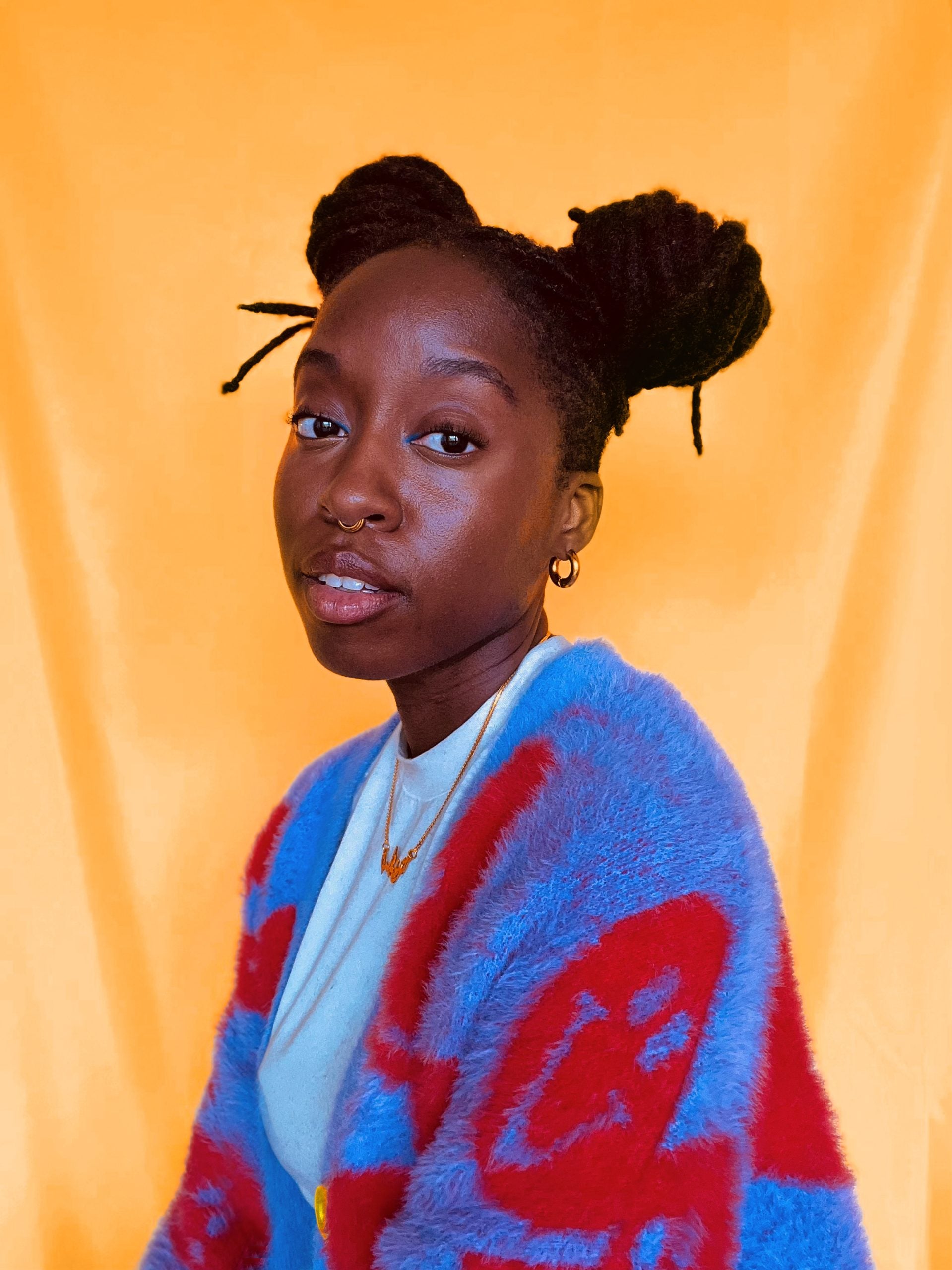
There’s a reason kindergarten classes are filled with construction paper, watercolors, construction paper, and art aisles. Self-expression is crucial for child development—it stimulates creativity, builds confidence, and allows kids to express feelings they can’t articulate.
“As a child, drawing and creating art was always my chosen medium to express myself. It was the only way I knew how to bring my ideas into reality. And, I had a lot of ideas,” Sabrena Khadija told ESSENCE. Her imaginative spirit and artistic capacity were evident early on. As a result, the Sierra Leonean design artist was encouraged to create. “I grew up in a home that didn’t deter me from exploring these expressions, so it’s a practice I still carry with me to this day,” she said.
The DC-based artist found her home in illustration and design through exploration across mediums. “Illustration and Design is the practice that brings me the most joy. As a very visual person, illustration allows me to express myself and communicate with the world around me in a very visual way,” Khadija said.
The early encouragement she received to create has paid off in both dividends and passion. Her ability to make a living with art even surprised her. “I never thought pursuing art as a career was an option until I decided to follow my passion,’ she said. With clients like Condé Nast, Target, Coca-Cola, and Apple, she is a living debunker of the starving artist misconception.
The Multimedia Creative: The role of technology in art.
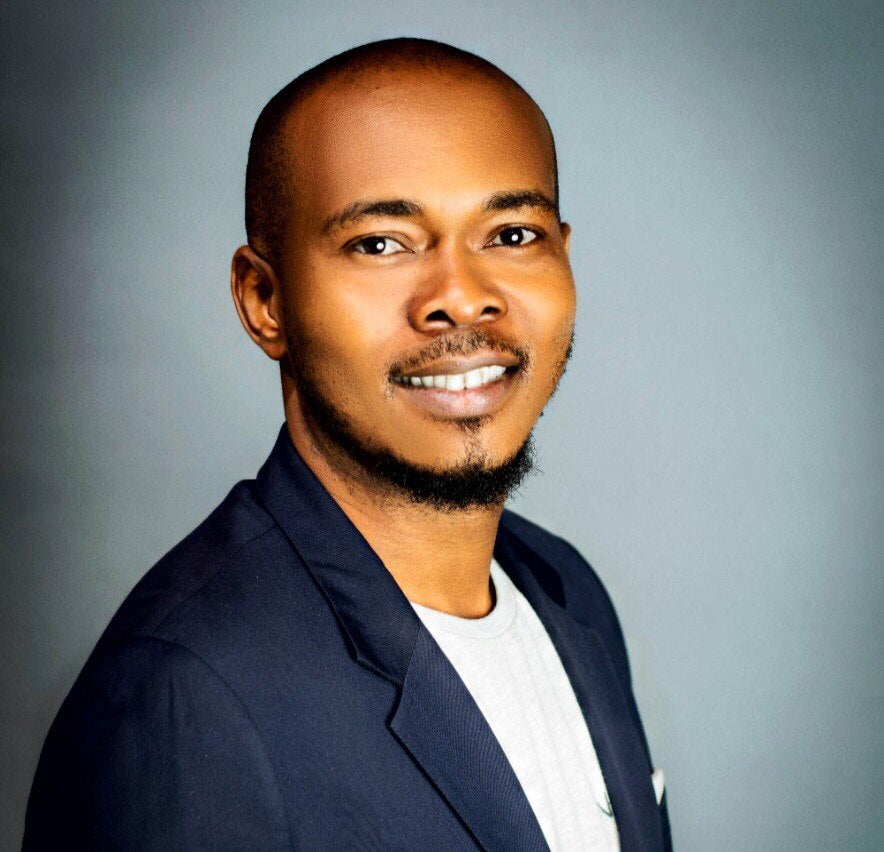
By trade, Malik Afegbua is an accomplished filmmaker. He is currently working on a Netflix docudrama about Nigerian textile designer and global fashion icon Nike Davies-Okundaye. He also directed and co-produced seasons of Made By Design, Netflix’s documentary series highlighting African creative talent. But when he’s not calling shots on production sets, the Nigerian-born creative dabbles in his side passion, digital art.
Recently, his artificial intelligence (AI) generated Fashion Show for Elders broke the internet and garnered international press coverage with its stunning images of debonair elders owning the runway. However, Afegbua was most blown away by the public’s reaction. “I got these very emotional messages from a lot of people all over the world, saying how it touched them. I got messages from elderly people who’d lost spouses and friends and young ones that missed their grandparents. I’ve had people send me prayers, I’ve had thousands of thank you’s—thousands,” he said.
With all the praise, there are still artists and connoisseurs with differing views on the marriage of tech and art. Some have vocalized concerns about what AI means for the future of artists. Afegbua doesn’t share that concern. Instead, he embraces AI as a means of enhancing human creativity. His elder fashion show barely scratches the surface of his artistic ambitions for AI. In an earlier interview with ESSENCE, I asked the multimedia creative about his aspirations for the medium of AI. “I’m a writer, and so is my wife, Ese. She writes films and screenplays. And the films we write aren’t the kind of things we can afford to produce. We would need a big studio, staff, all sorts of overhead. One day we’ll get there, but what I’ve found is that we can create so much using technology,” Afegbua said.
The Entrepreneur: Art as salvation.
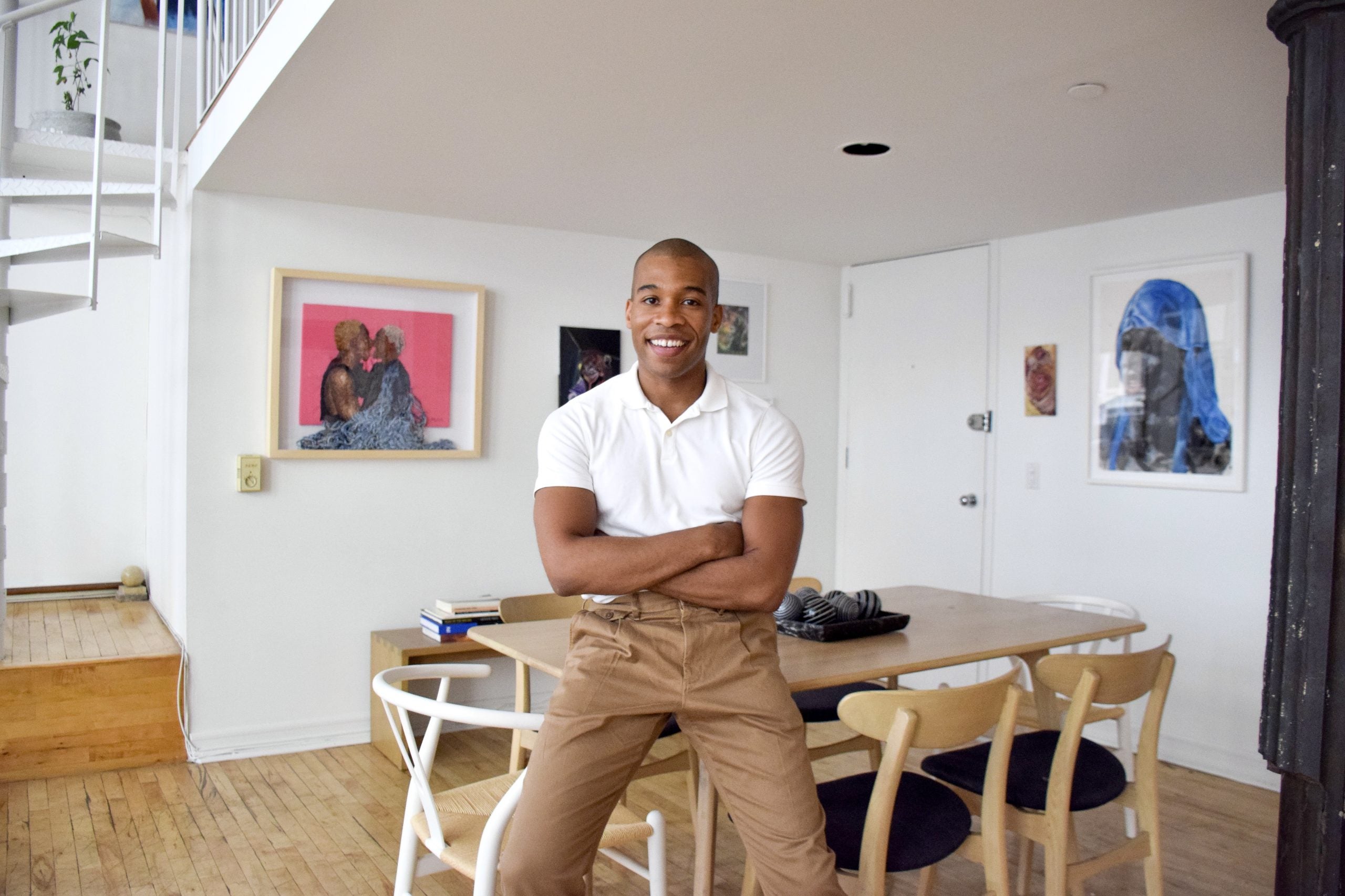
Phillip Michael Collins is a creative ambidextrian. As the founder of Good Black Art, the collector, connoisseur, and art entrepreneur, has a platform to fuse his love of art with his sharp business acumen. Good Black Art nurtures an ecosystem for Black artists to gain access to the widely gatekept business of art. The creative collective is also home to the first global e-commerce platform for emerging Black talent, which presents quality art from quality artists.
Having worked on the corporate side of the creative world, Collins is well suited to help bridge the often untraversable gap between art and industry for emerging Black artists. His career in the arts began early and abroad. “When I graduated from school, I got on a plane to Shanghai, China. And I lived there for five and a half years and then moved to Hong Kong for four and a half years. And I was there working on the agency side working with a lot of American brands,” he said. As Client Director with the London-based creative agency Imagination, Collins mastered the business of art with high-profile client accounts, including Ritz Carlton, GE, UBS, Ford APAC, and Lincoln China Automotive. In addition to gaining valuable career experience, living abroad in his early twenties provided a unique stimulus for personal growth. “It was a really wonderful time to grow as an adult, but also just gain all these valuable professional experiences working in so many different markets in the Asia Pacific region,” he said.
Eventually, his time abroad ended—and with it, in many ways, so did he. Immediately upon reentering the US, Collins was struck by an ineffable emotional weight that challenged his sense of security and self-identity. “The moment I got off that plane in 2017, I just remember all of the trauma, all of the racism, all of the homophobia, everything just came flooding back almost immediately. And it was a really scary time because I was in my 30s, and I thought I’d done all this professional and personal building, but I was still mentally 22 In some ways. So I had to really figure out a way to learn about myself and heal. And piece my nuanced journey together,” Collins said.
Through the power of art and community, Collins found salvation. I was looking for a way to communicate who I was and where I wanted to go and really build more connections within my own community. His passions were reawakened in communion with Black artists, designers, and queer creatives. As momentum built, Collins started buying and collecting art and hanging out in creative spaces. “It turned out to be such a beautiful experience because it kind of came unexpected in a way,” he said. The synergy of these forces propelled him to found Good Black Art in 2021.
It turned out to be his saving grace. Through Good Black Art, Phillip created the art community he wished to see worldwide. His expertise as a lifestyle marketer and his passion for art develop platforms and lucrative opportunities for Black artists spanning the globe. For Collins, finding and founding the community was how he was finally able to piece his “nuanced journey together.”


